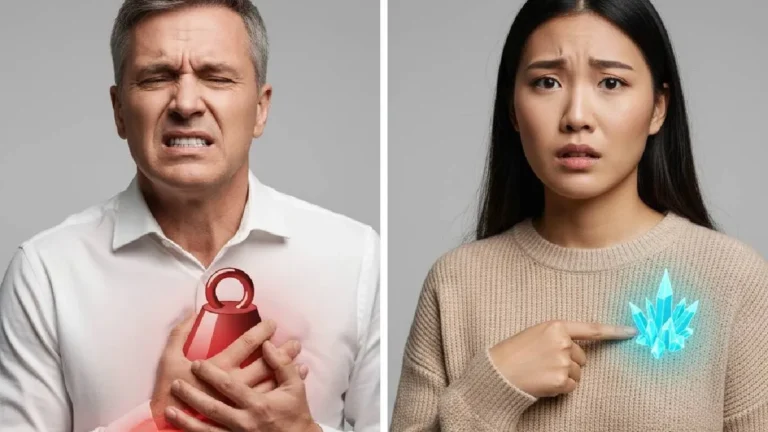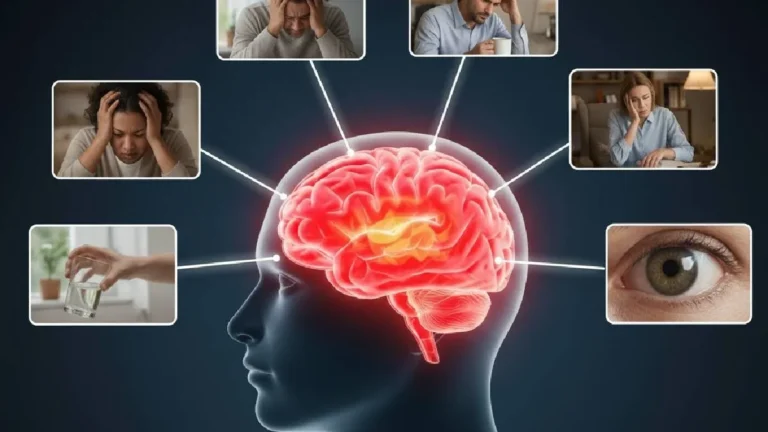Low testosterone is a common condition that can significantly affect male health, especially with aging.
According to Dr. Akhil Muthigi, a urologist at Houston Methodist Hospital, more than 40% of men over 45 and more than 50% of those over 75 have low levels of this hormone, which can impact both physical and mental health.
Although lifestyle changes can help restore hormone levels, in many cases, testosterone replacement therapy (TRT) is necessary. This is a safe and approved treatment that can improve quality of life when a confirmed diagnosis of hypogonadism exists.
Low testosterone levels, diagnosed when less than 300 nanograms per deciliter (ng/dL) are found in the blood, can go unnoticed because not all men present obvious symptoms. However, when associated with clinical signs, the condition is known as hypogonadism.
Among the most frequent symptoms of low testosterone are:
- Decreased sexual desire
- Persistent fatigue
- Mood swings or difficulty concentrating
- Erectile dysfunction
- Increased body fat and loss of muscle mass
- Anemia
- Infertility
- Gynecomastia (formation of breast tissue)
A blood test is essential to confirm the diagnosis, and should be performed in the morning, between 7 and 9 a.m., when levels are naturally highest.
Causes of low testosterone in men
The natural decline in testosterone levels usually begins after age 30, due to diminished function of the hypothalamus and pituitary gland, which regulate hormone production in the testes. However, several factors can accelerate or worsen this decline:
- Obesity and metabolic syndrome
- Type 2 diabetes
- Excessive consumption of alcohol or tobacco
- Treatments such as chemotherapy, steroids, or opioids
- Chronic diseases (kidney failure, liver cirrhosis)
- Infections such as mumps
- Testicular or endocrine gland injuries
- Hereditary genetic mutations
Initial treatment and hormone therapy options
Managing low testosterone begins with non-pharmacological interventions: regular exercise, healthy eating, adequate sleep, stress management, and weight loss. However, if these measures fail to improve hormone levels or relieve symptoms, hormone replacement therapy may be considered.
Dr. Muthigi emphasizes that TRT should only be initiated after a comprehensive evaluation and if the patient meets the diagnostic criteria. Contraindications, such as a desire for fertility or a recent history of heart attack or advanced prostate cancer, should also be ruled out.
Safe and effective ways to administer TRT
Currently, several FDA-approved TRT options allow treatment to be tailored to patient preferences:
- Topical gels and patches: These are applied to the skin, with a risk of transfer if there is contact with other people.
- Nasal spray: frequent application without risk of contact.
- Injections: Short- or long-acting alternatives, recommended for those who prefer to avoid daily injections.
- Oral formulations: Modern versions are well tolerated and do not cause liver toxicity.
The choice of therapy should be individualized, considering goals, lifestyle, and possible side effects.
Risks and safety of testosterone therapy
Although the FDA required cardiovascular risk warnings on TRT products in 2015, it removed the warning in February 2025 after a large clinical trial found no increased cardiac risk.
“Testosterone treatment is becoming increasingly safe, even from a cardiovascular perspective,” says Dr. Muthigi. Low testosterone levels are associated with increased cardiac risk, reinforcing the importance of its medical approach.
Possible side effects of TRT include:
- Reduced fertility
- Polycythemia (increased red blood cells)
- Acne or gynecomastia
- Hot flashes
Regular medical monitoring is essential to prevent complications and adjust treatment as needed.
Any man experiencing symptoms such as persistent fatigue, loss of sexual desire, erectile dysfunction, or mood swings should consult a men’s health specialist. A complete evaluation—including a medical history, physical examination, and blood tests—will confirm the diagnosis and determine the best treatment options, whether through lifestyle changes or TRT.























+ There are no comments
Add yours